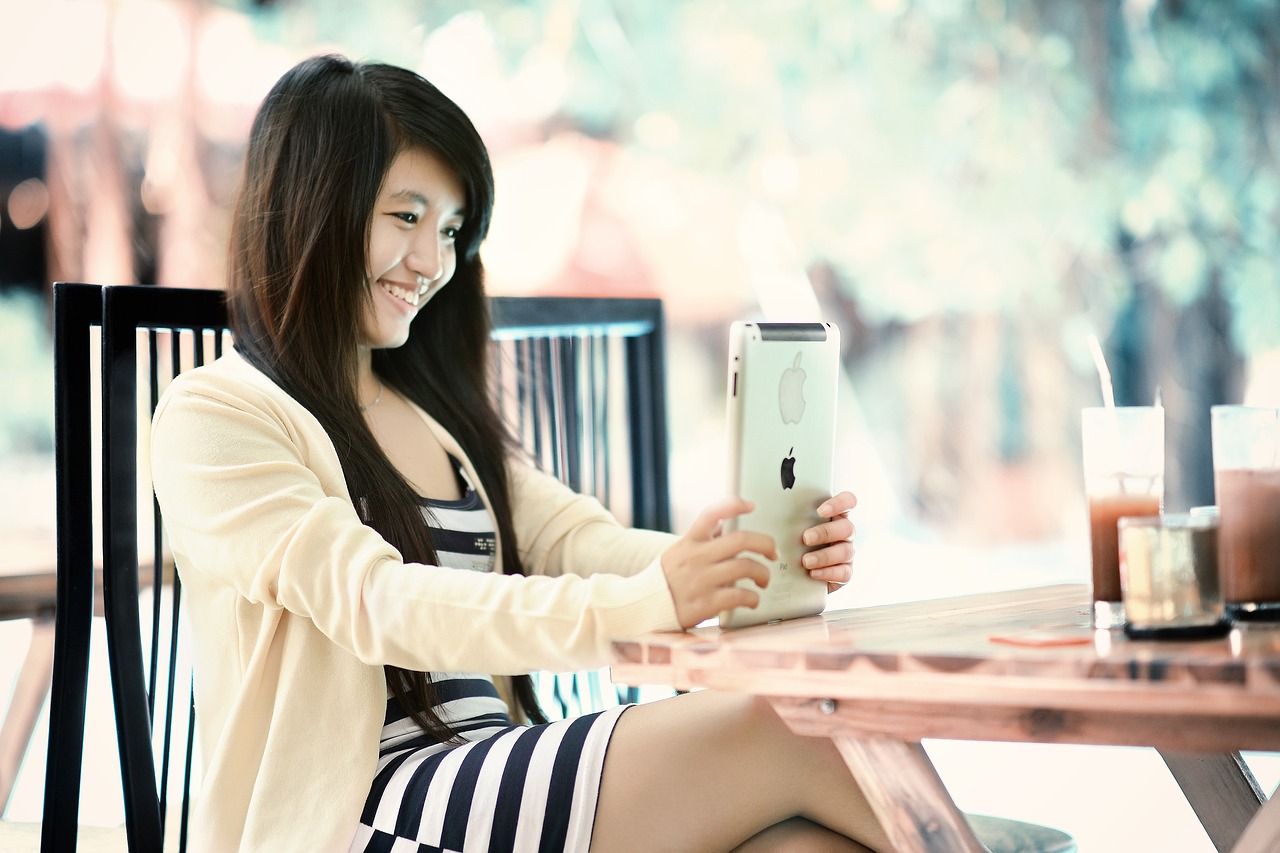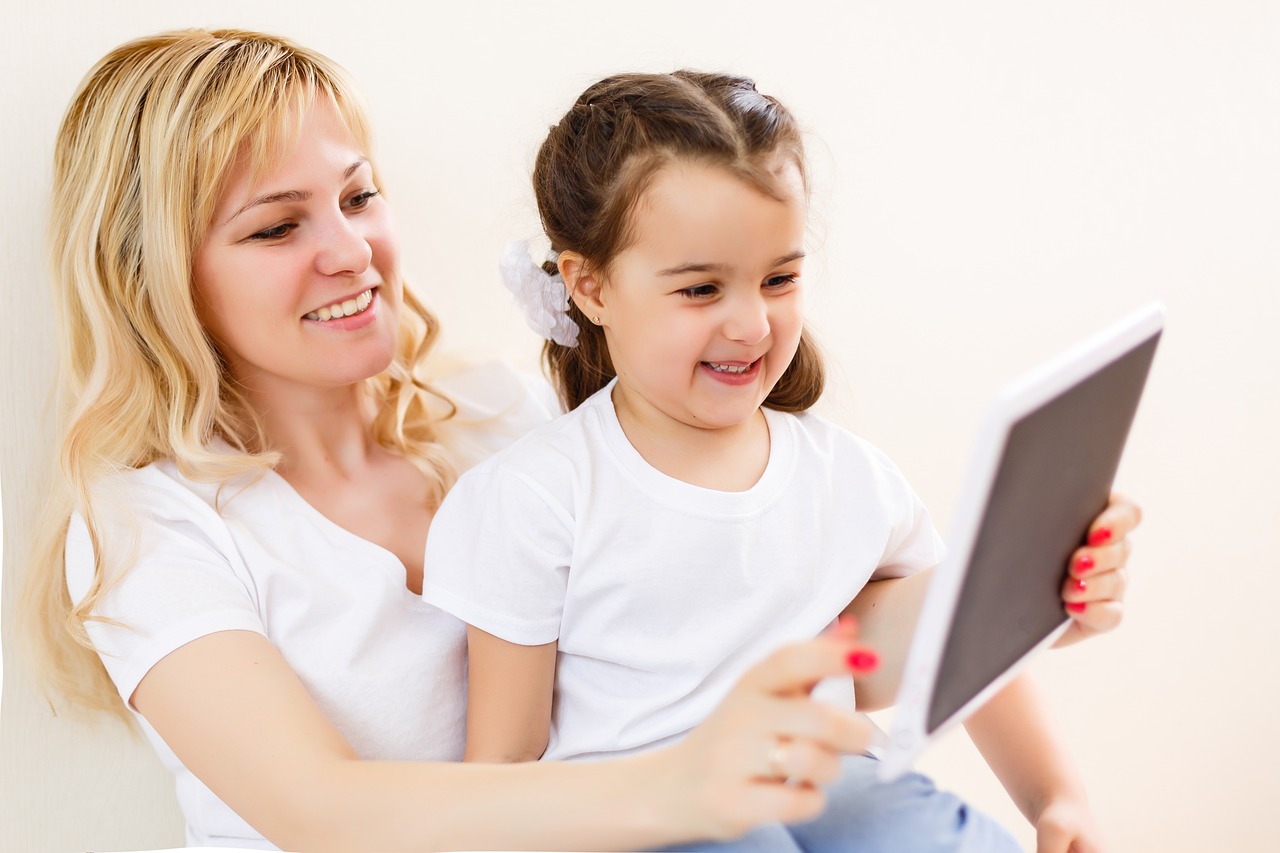Firstly, let's delve into 'screen time.' It refers to the total amount of time one spends staring at digital screens - be it a smartphone, computer, TV or tablet. The term 'limiting' implies imposing restrictions or setting boundaries on an activity. Hence, when we talk about limiting screen time on iPhones, we suggest placing constraints on the usage period spent on this device.
Research by health organizations worldwide suggests that prolonged exposure to digital screens may result in eye strain leading to myopia or other vision-related problems later in life. Furthermore, constant phone usage can also disrupt sleeping patterns due to unwarranted exposure to blue light emitted from these devices.
Screen time limitation also impacts mental health positively. Studies indicate that overuse of smartphones is linked with increased anxiety and depression rates among youth and adults alike. Social media platforms common on iPhones often portray unrealistic lifestyles which might cultivate feelings of inadequacy and lower self-esteem amongst users.
However, Apple understands these concerns and thus introduced a feature called "Screen Time" starting from iOS 12 onwards which allows users to track their phone usage across all applications providing comprehensive reports weekly. This feature also enables parents to set controls for their children's device use.
To limit screen time effectively:
1) Use the aforementioned built-in Screen Time function available in iOS settings.
2) Set realistic goals regarding your daily phone usage.
3) Allocate specific periods for using social media apps instead of sporadic checking throughout the day.
4) Consider turning off unnecessary notifications that lure you back onto your device.
5) Opt for reading a book or engaging in physical activities instead of resorting to your iPhone for entertainment.
In conclusion, while iPhones and other smart devices are beneficial aids in our lives, it is essential to strike a balance between digital and real-world interaction. Limiting screen time not only contributes to better physical and mental health but also helps us reconnect with the world around us, enhancing our overall quality of life.

